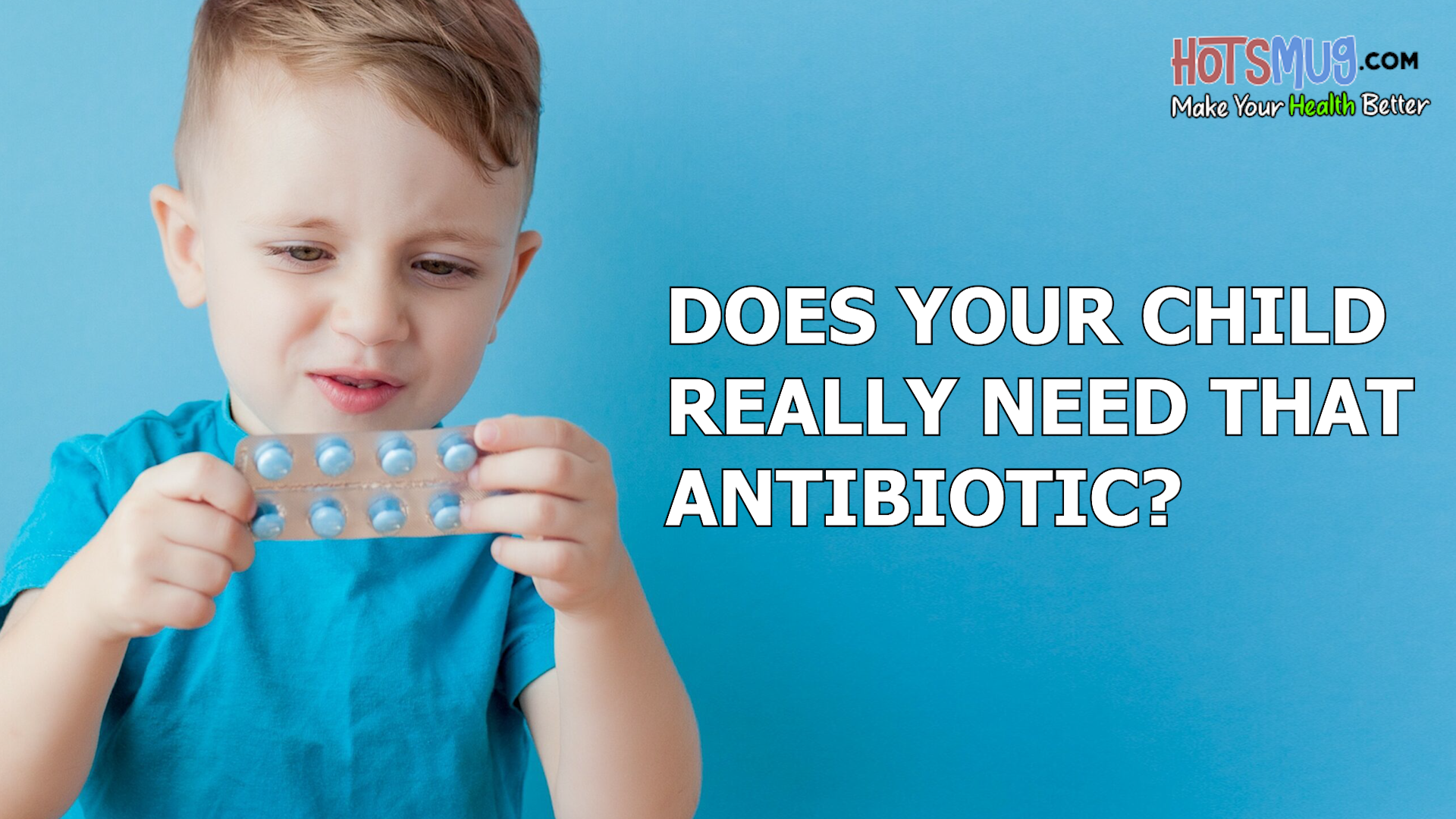Some parents think that every time their child has a sore throat, cough or runny nose, their child needs antibiotics.
If your child has a bacterial infection, antibiotics may help. But if your child has a virus, antibiotics will not help your child feel better or keep others from getting sick. A lot of parents think that having yellow or green mucus is a sign of a bacterial infection — that’s not true.
- Researchers say a high percentage of children are prescribed antibiotics that they don’t need.
- They say this trend can raise health-related expenses because children are not getting appropriate treatment in some cases.
- Experts advise parents to educate themselves on when antibiotics are appropriate and when they aren’t.
Is your child’s pediatrician prescribing unnecessary antibiotics and would you know if they did?
According to an investigationTrusted Source published in JAMA Network Open, some $74 million in “inappropriately prescribed” antibiotics were given to children in the United States outside a hospital setting in 2017.
Inappropriate prescriptions were defined as those that are non–guideline-recommended.
In the investigation, researchers looked at data from 2.8 million children between April 1, 2016, and September 30, 2018.
They reported that overall 31 to 36 percent of those children received inappropriate antibiotics for bacterial infections and 4 to 70 percent received them for viral infections.
The impact of inappropriate antibiotic use
Investigators report that inappropriately giving children antibiotics is not without consequence for the family or the healthcare system.
Risks of adverse drug reactions and increased medical costs were both noted.
For example, they reported there were higher healthcare costs within the 30 days post-prescription for those who were given antibiotics. The healthcare cost per child, the researchers stated, ranged from $21 to $56 for bacterial infections and around $96 for viral infections.
National annual attributable expenditure estimates were highest for chronic middle ear infection ($25 million), pharyngitis ($21 million), and viral upper respiratory infection ($19 million).
“These findings highlight the individual and national-level consequences of inappropriate antibiotic prescribing and further support implementation of outpatient antibiotic stewardship programs,” the researchers wrote.
What experts have to say
Dr. Preeti Jaggi, the director of antimicrobial stewardship at Children’s Healthcare of Atlanta and an associate professor of pediatrics at Emory University, said these findings provide another example in a growing body of evidence of the adverse effects of unnecessary prescribing of antibiotics.
“We have seen similar studies showing the same type of problems in hospitalized patients and this study focused on those not hospitalized. In addition to the adverse events that kids experienced, there was also a considerable monetary cost,” Jaggi told Healthline.
Dr. Daniel Ganjian, a pediatrician at Providence Saint John’s Health Center in Santa Monica, California, said the findings ultimately support the goal of the American Academy of Pediatrics (AAP) of decreasing inappropriate antibiotic usage.
“It is so easy to give antibiotics to a desperate parent who wants her child to feel better, but a good pediatrician will take the time to explain the difference between a viral and bacterial infection, and will try his/her hardest to not prescribe antibiotics,” Ganjian told Healthline.
Tips for parents
Although the data reviewed was from between 2016 and 2018, experts say the concern for inappropriate use of antibiotics in children is still relevant.
Ganjian said parents need to know that pushing their child’s doctor to prescribe antibiotics puts a strain on the healthcare system, which is one of the reasons for the rising costs of health insurance.
The experts provide the following advice for parents.
Avoid asking for antibiotics
Do not go into the doctor’s office asking for antibiotics.
“My advice to parents of non-hospitalized children is to let your clinician make an assessment without any pressure from you about the need for antibiotics,” Preeti said.
“Clinicians should prescribe antibiotics for a specific clinical diagnosis that is caused by a bacteria, not ‘just in case’ when a diagnosis is unclear,” she added.
Find a pediatrician who follows the guidelines of the AAP, recommended Ganjian.
Know when antibiotics are necessary
Knowing when antibiotic use in children is appropriate (and when it’s not) is also important.
“If your child has a cough and runny nose for less than 2 weeks and fever less than 5 days, then your child will most likely not need antibiotics,” said Ganjian.
“But still have your pediatrician listen to your child’s lungs to make sure there is no lung infection or pneumonia,” he added.
If you have concerns about inappropriate use of antibiotics, Ganjian says the best line to say is, “Doctor, I would rather not use antibiotics, but I would like to know what your opinion is after you have finished examining my child.”
Ask questions and stay curious
“I think it is always reasonable to ask your clinician about the risks and benefits of receiving antibiotics if they are prescribed,” Ganjian said. “If your child’s illness has been prolonged, such as a prolonged duration of fever, you should call your clinician back to re-assess if the clinical diagnosis has changed.”
Finally, don’t be afraid to get a second opinion if you think your pediatrician is inappropriately prescribing antibiotics, experts say.
“If your child gets a prescription of antibiotics whenever he/she is sick, consider getting a second opinion, unless your child has a chronic medical condition or has an immune deficiency [which may change the script for when it’s appropriate to use antibiotics],” Ganjian said.




